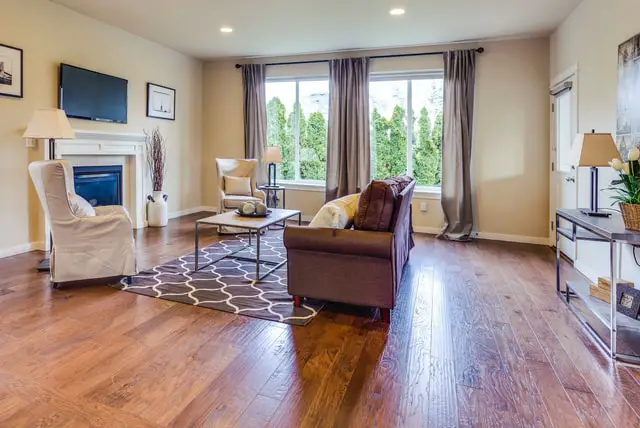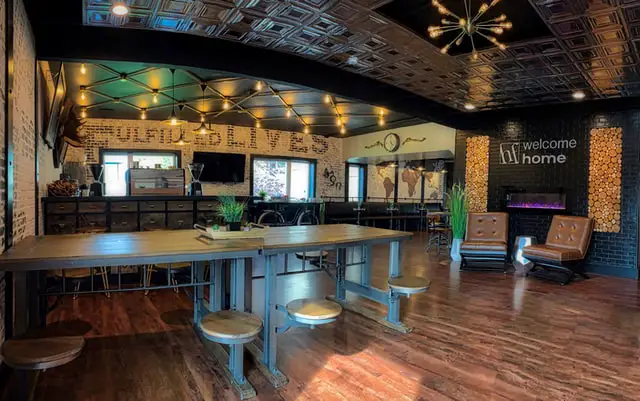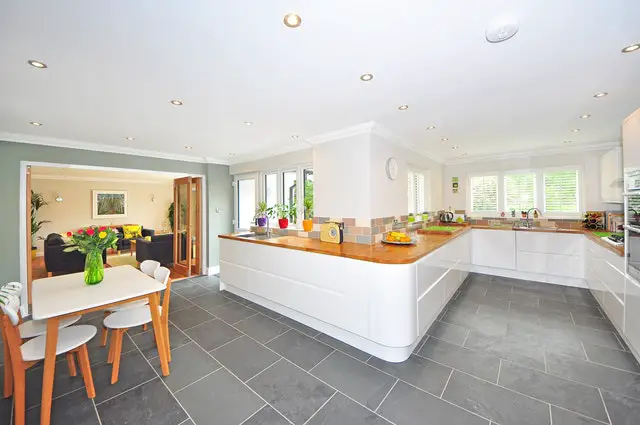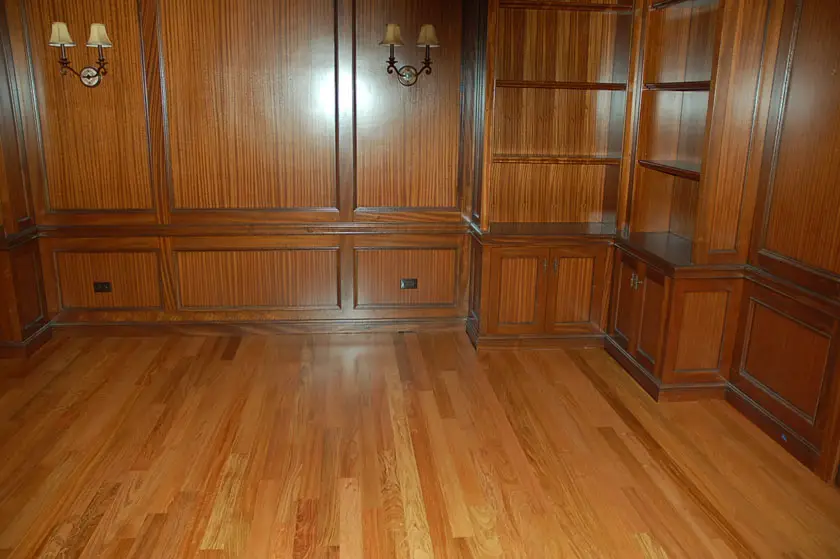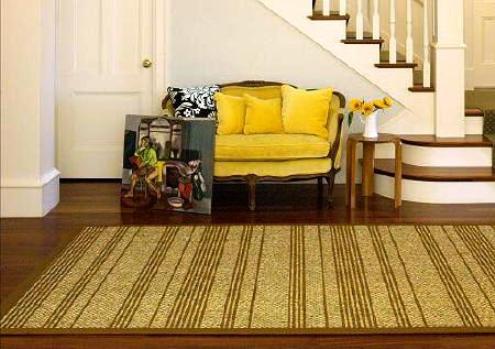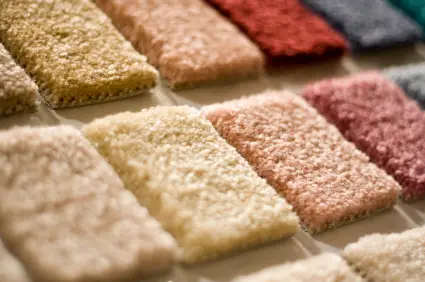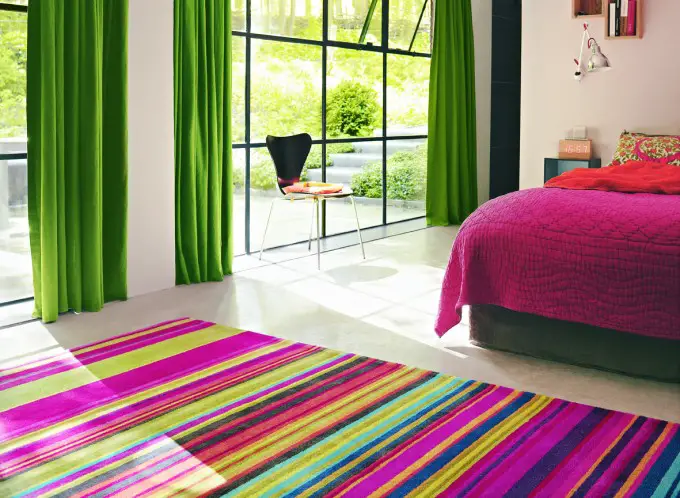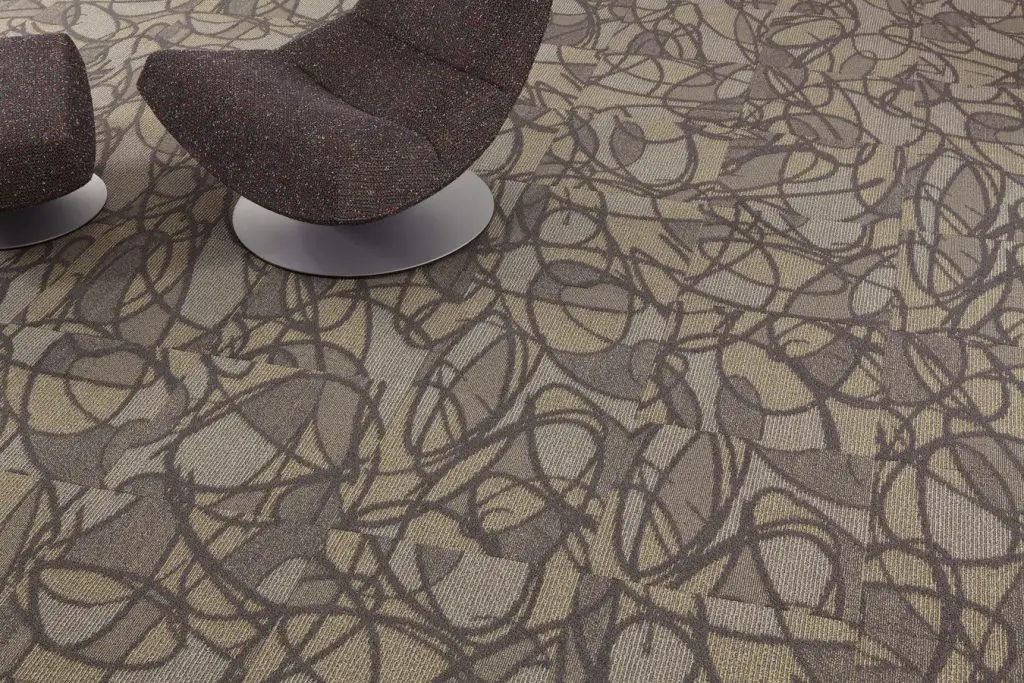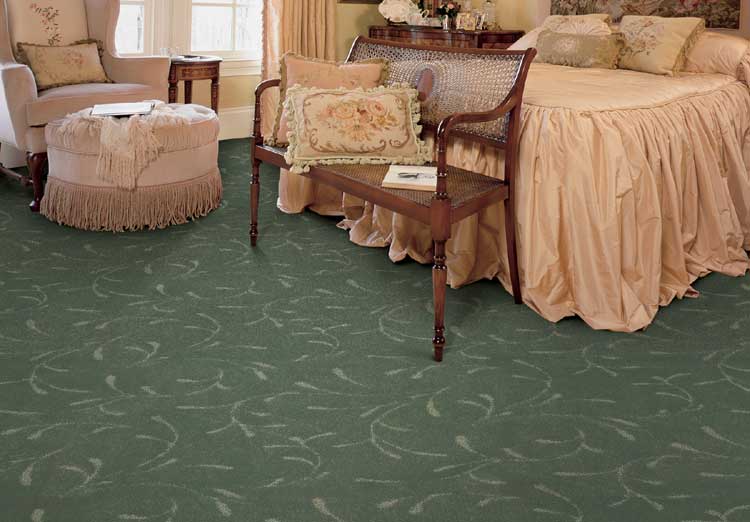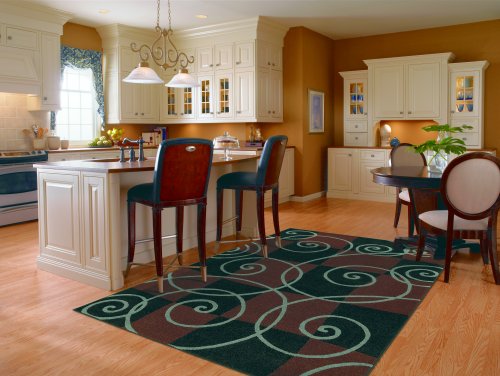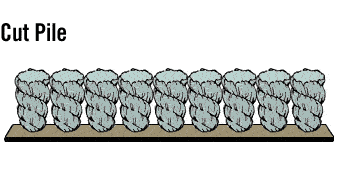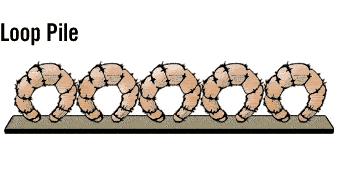An unexpected spill on your laminate floor during a painting project? Dried paint drips you have just now noticed that were left behind from that renovation project?
Don’t panic! First of all, laminate floors are very durable and much more forgiving than wooden floors. The top layer is composed of aluminum oxide particles and melamine resin, which gives the floor it’s durability, as well as scratch, moisture, seepage, and stain resistance. If you react fast to a spill, you can use a damp cloth to wipe it up without issue! However, for paint that has dried, it can be a little bit more complicated, but there is still no need to panic.
There are multiple ways to successfully tackle the removal of dried paint on your laminate floor. It will require a little more patience and take slightly more elbow grease for the cleanup, though. Fortunately, we can give you several different tips and techniques to ensure that the laminate floor in your renovated space looks just as great as the paint job!
Tools You Will Need for the Removal
Keep in mind, in spite of its durability, you can still damage the surface of a laminate floor if you aren’t careful. Depending on the amount of spillage or drips, there are a variety of things you might need. Basically, with all, or at least some of these items used in proper combination, you will be able to take on the job efficiently and effectively.
Luckily, most things you will probably already have at home and you can avoid an emergency trip to the store. Here is a list of what you may need:
- A vacuum cleaner, mop, broom, small bucket, cloth rags, and small bristle brush for the initial and final clean up.
- Plastic putty knife, tweezers, or even a credit card can be effective tools to “pop” paint spots off when used with care.
- Dish detergent and warm water will create a suitable mild cleanser.
- White vinegar, rubbing alcohol, and a spoon for stirring if creating a homemade remedy.
- Acetone nail polish remover or ammonia-based window cleaner, either of which may also do the trick quite nicely.
- Wood floor cleaner and floor degreaser for cleaning up residue.
- Paint thinner or paint remover can be used as a last resort. They contain powerful chemicals that are not usually necessary for laminate floor paint removal.
- A pair of rubber cleaning gloves to protect your hands during the process, no matter what technique you use.
Tackling the Small Dried Paint Drips and Specks
Any paint drip that has even a small edge will come right off the floor as long as you wait for it to harden. This is when the plastic putty knife or old credit card will come in handy. Be careful if you use the tweezers, as it is possible if you use too much force, you can end up scratching or marring the surface. Small spots, such as those left when a roller splatters paint or specks from overspray will come off with just a little effort. For larger drips, you can try using a small hammer and tap lightly on the top of the plastic tool at the edge of the spill. The plastic will bend before the weight of the hammer will damage the floor, but be careful not to cut or accidently injure a finger or hand in the process. By being too aggressive with any type of metal tool on the cleanup, you will end up creating a lasting scar and one that is completely unnecessary. This is when your patience has to kick in!
Before Using Any Products in the Removal Methods
Be sure the floor is cleaned properly before using any products on the dried paint area. Use a vacuum cleaner or broom to remove excess dirt from the laminated floor. It is best to start with the cleanest area possible. Debris, particles, or tiny pieces of metal or rust that are overlooked may become embedded in the cleaning materials and can actually cause an unexpected scratch or damage to the floor just from using your elbow grease!
- Mildest Method of Removal
If paint does not easily pop off, you can next try placing a soggy rag on top of the paint spill. Keep it there for 15 to 20 minutes to allow the water to soak into the paint. Then try using the plastic putty knife to carefully insert underneath the paint and see if it will peel up off the floor. If the paint does peel up, then the remaining residue can be wiped up with dish soap and water. If not, move to one of the other methods.
- Home Made Cleaning Solution
Mix equal portions of rubbing alcohol, vinegar, and water together and then add a few drops of liquid dish soap. Stir the mixture until the liquid starts forming suds. This mixture will work well on both water-based and oil-based paints. The vinegar dissolves water-based paint and the rubbing alcohol and suds of soap will dissolve and remove the oil paints. Again, use dish soap and water for the final cleanup.
- Nail Polish Remover
If your homemade solution does not work to remove the paint completely, you should try nail polish remover. Make sure the bottle is not labeled “non-acetone.” An acetone nail polish remover is needed to loosen the chemical bonding in the dried paint. It does take time to work, so after the application let it sit for a few minutes, and then attempt to wipe off the softened paint from the floor using a clean microfiber cloth. Once the majority of the paint is wiped off, pour some clean water on the floor. Then use a clean mop to remove the water and that should take away the rest of the residual as well. It might require repeating the process a few times to completely remove the paint.
- Window Cleaner
Window cleaners are made of mostly ammonia-based chemical solutions. Ammonia is known to cut through many different kinds of paint ingredients. It also has a reactive capability to destroy the bonding in paint in just a short time. Once you apply the window cleaner on the floor surface, wait for a few minutes to permit the ammonia to work on the paint. Then scrub the floor with a rag or a soft-bristled brush. Rinse with warm water. Wash off the surface of the laminate with a wood floor cleaner and cloth rag.
- Paint Removers and Paint Thinners
If all else fails, you can use paint thinner or mineral spirits to remove the paint. Paint thinner was made to remove overspray and paint spill from concrete floors, so it is very harsh. We don’t recommend it as your first option for laminate flooring, as the other methods are usually effective and less caustic. However, there may be a time when you have paint spills that have cured for a long time, or are from exterior oil-based paint or artist’s paint, or you have found the other methods just haven’t worked.
Rub the paint spills and splatters with turpentine or white spirit, (which is another name for paint thinner), using either a rag or a soft bristle brush. It’s usually safe to use turpentine and white spirit on a laminate floor because generally these will not harm the finish. Again, here is where your patience is required! Test the product on a very small spot first to make certain it does not discolor or harm the floor. Give it time to work and penetrate the paint. If the floor tolerates the test application, proceed by working in small areas at a time and make sure the room is very well ventilated. Clean up with a floor degreaser for heavy oil residual and then by using dish detergent and water.
That Wasn’t So Hard, Was It?
Painting spills and accidents can happen, even when you use drop cloths and even when you have carefully planned out your project, so be prepared for the unexpected. Luckily, paint removal from laminate floors is fairly easy when you know the appropriate solutions. Most of the items you will need to remedy the situation you will already have at home in your pantry or with your cleaning supplies. Other than that, you will just need to be patient and careful as you perform the techniques we have discussed.
Start with the mildest methods of paint removal and go slow with the entire procedure to ensure that there’s no damage done to the laminate floor. In most cases the dried paint will chip right off or be easily removed with household products without leaving any evidence it was ever there. After that you can step back, admire your work, and be proud it was another job well-done!



